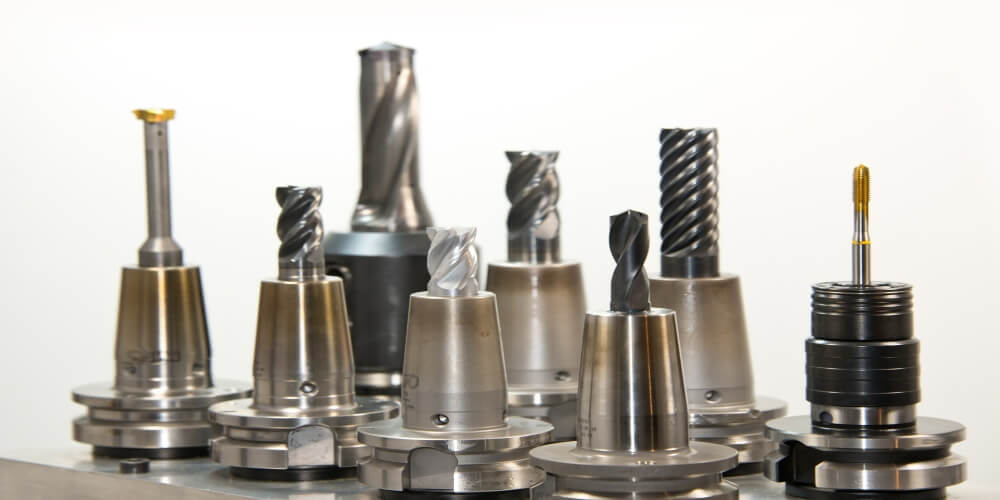
What is Rapid Prototyping Spectrum
What is a low, medium and high fidelity RP?
When it comes to rapid prototyping, the primary aim is usually to get a part that closely matches the final product both in design and functionality. Fidelity level is the functionality and visual details to which the prototype matches the final product.
During prototyping services, the product will likely go through the three fidelity levels. When we talk about fidelity in prototyping, it encompasses either visual, functionality, or content dimensions, depending on the stage of rapid prototyping.
- Visual fidelity: the look and feel are the visual dimensions of a prototype. This can range from stencil mockups to hi-fi versions of a prototype.
- Functionality fidelity: this dimension shows how the prototype works. Is the prototype static or dynamic? It allows for interactivity to increase functionality for the final product.
- Content fidelity: this dimension involves replacing dummies with real content to get a feel of how the prototype overall design performs.
There three fidelity levels in rapid prototyping. These include low, medium, and high fidelity prototypes.
Low Fidelity (Li-Fi)
Low fidelity is the quickest and easiest way to start a rapid prototyping process. It mostly involves sketching using a pen and paper to realize a design. Low fidelity prototypes are ideal in the early stages when brainstorming and creating a concept. It allows for creating mockups, design approaches, and user feedback.
Advantages of low fidelity:
- Mainly focus on concept and design: Without the technical parts of rapid prototyping, low fidelity mainly focuses on the ideation.
- Real-time iterations: One can quickly alter the design in real-time based on feedback received.
- Accessible to everybody: it does not require a tech-savvy, machinist, or a professional to participate in this process.
The major disadvantage of low fidelity is that it offers very low visual and content fidelity. It has a very huge difference from the final product.
Medium Fidelity
As the design stage progress and computer-based tools are introduced, visual, functionality, and content fidelities are easier to achieve and access. These prototypes are used to determine if user needs are met or if the user experience is optimized. Medium fidelity prototypes are used after the initial design and concept to simulate the product.
High Fidelity (Hi-Fi)
High fidelity level prototypes are often mistaken for the final product because they closely resemble the final product. High fidelity prototypes are used when high visual and functionality is required.
Advantages of High Fidelity prototype:
- It has a close resemblance to the final product.
- Easy to test as hey allow detailed feedback compared to low and medium fidelity prototypes.
There is no direct way of selecting a fidelity level. Designs of new products are often started with low fidelity prototypes and gradually advanced to medium then high fidelity prototypes depending on the dimensions required and the complexity of the prototype.
3ERP is an experienced provider of rapid prototyping having been in the industry for many years. At 3ERP, we will guide you through the initial stages of design, conceptualization to producing a high quality prototype that meets your design requirements.
